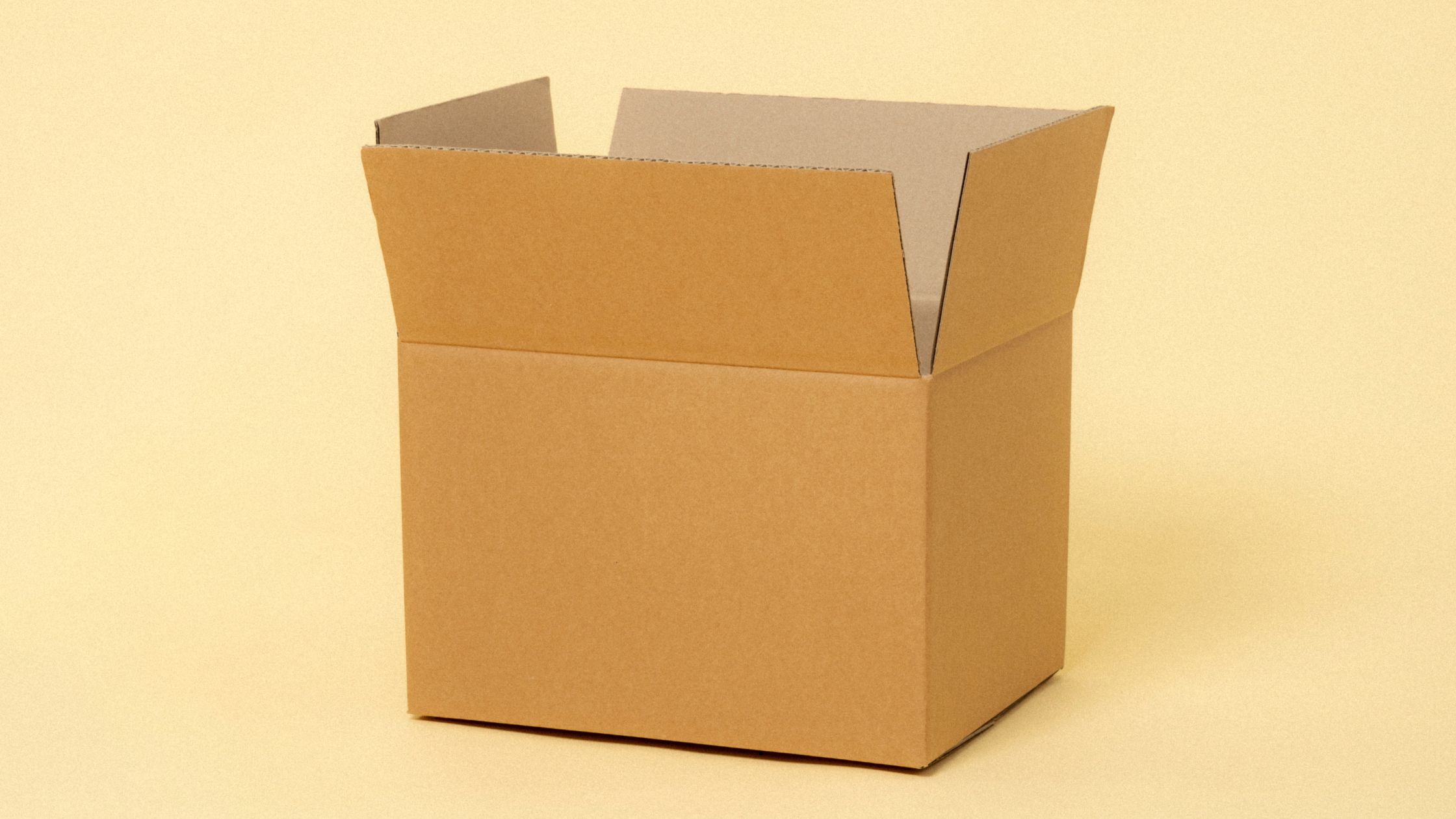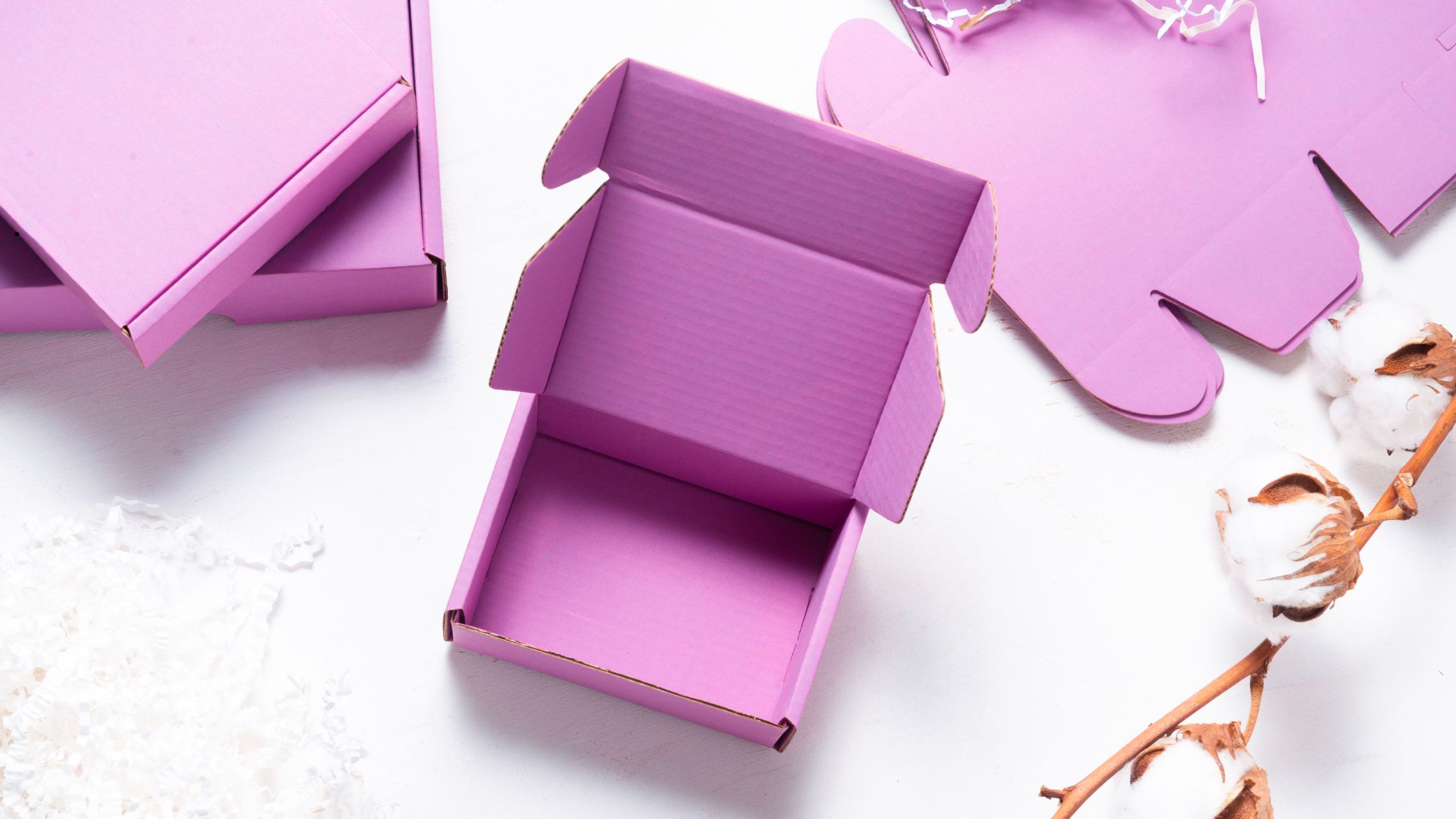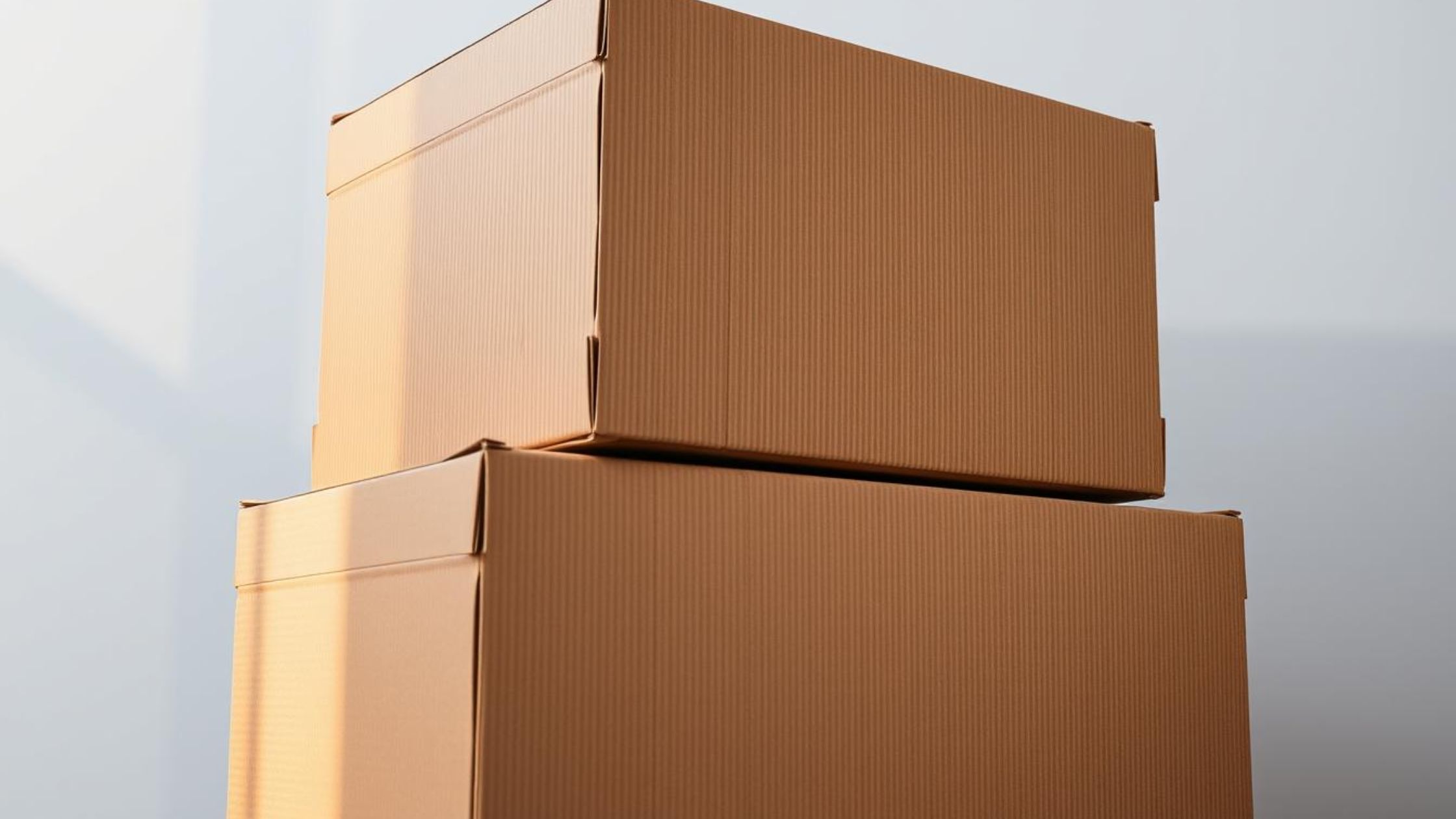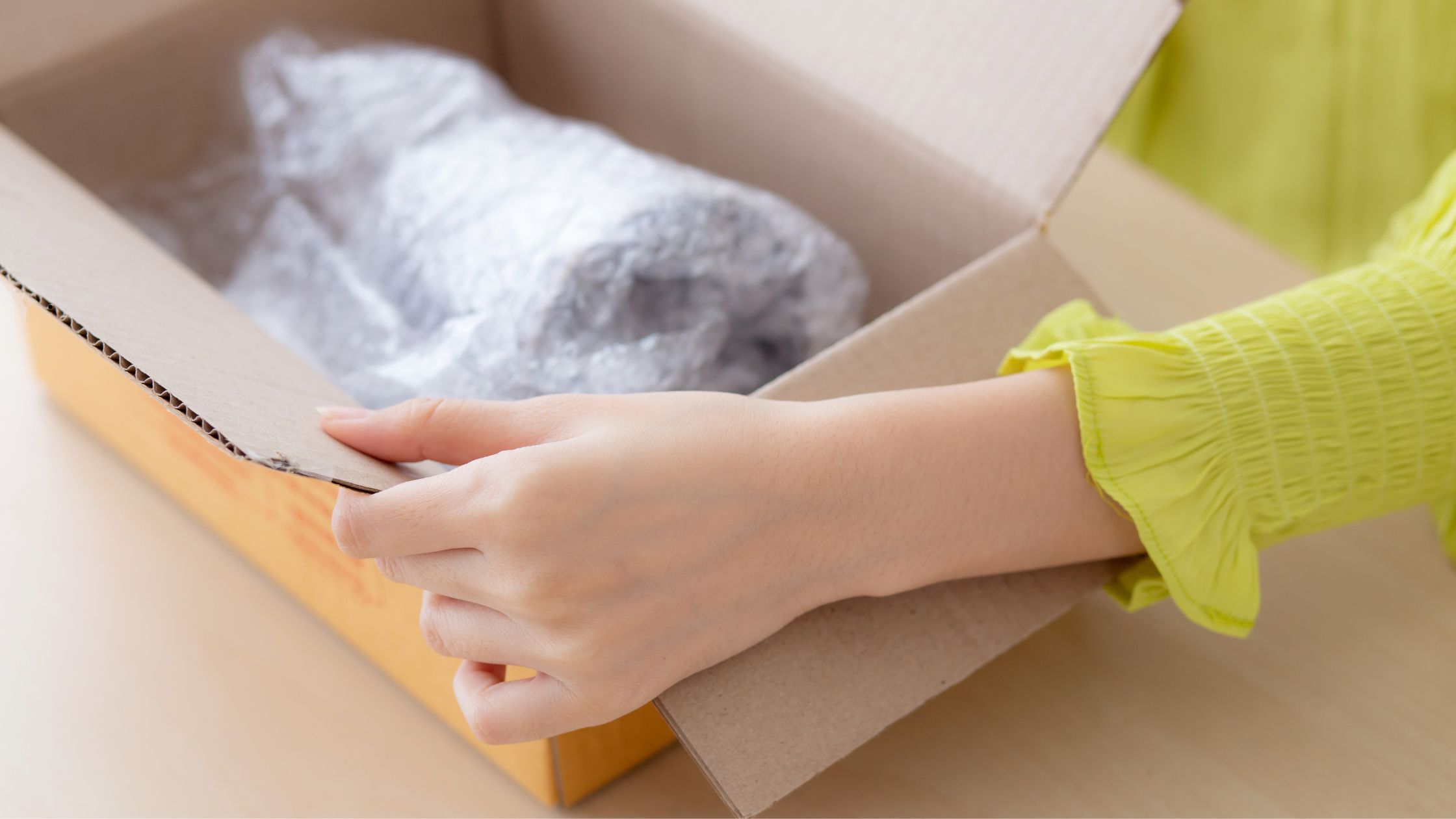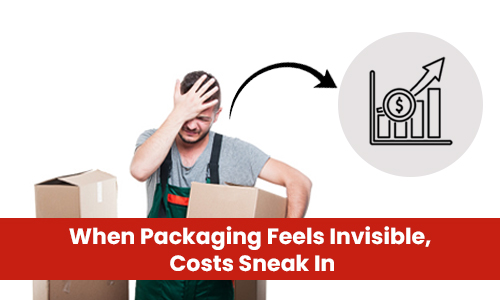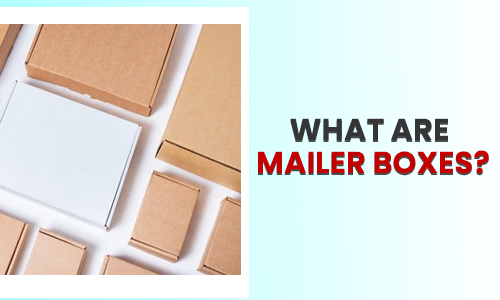
What are Mailer Boxes?
Mailer boxes, also known as corrugated boxes, are constructed from corrugated cardboard. Corrugated cardboard is characterized by its wavy structure, which features alternating ridges and grooves. These are also known as a fluted medium of fiberboard, enclosed between two liner boards at the top and bottom.
How are Mailer Boxes made?
The process of creating mailer boxes involves first transforming large, flat corrugated sheets to the required shape and size. This transformation is carried out by guiding the sheets through a carton cutting machine, resulting in smaller corrugated sheets. Following this, each sheet is placed on a predetermined mailer box die, and then introduced to a roller-pressed flatbed die cutter or an automatic die cutting machine. The passage of the sheet through the die cutting machine ultimately generates the intended mailer box, its shape and size dictated by the die employed. Both the carton cutting and die cutting procedures can be executed manually or automatically. Lastly, any surplus material from the corrugated sheet is disposed of as a concluding step in the mailer box production process.
How are Mailer Boxes assembled?
After the mailer boxes exit the die cutting machine, they display various scores, folds, perforations, and lines. To assemble these boxes, they need to be folded according to the scoring lines. Start the setup process by positioning the box such that its inside is directed towards you.Bend the lines that are pre-marked inwards. Elevate the front and back extensions of the box. Raise the box's lateral walls. Secure them on the inside by snapping them into their designated positions. Your Mailer Box is now prepared and ready for use.
Why are Mailer Boxes used?
- Mailer boxes are equipped with interlocking flaps, which negates the necessity for adhesive tape, glue or staples, simplifying the sealing and opening process.
- They provide an easy and damage-free storage and transportation solution for products.
- Despite being lightweight, mailer boxes are sturdy and durable, offering a cost-effective solution that doesn't substantially increase shipping costs.
- Mailer boxes are highly customizable. They can be tailored in size and print according to the variability of the product.
- Branding elements such as logos, color schemes, fonts, embossing, or labels can be incorporated in the design.
- Mailer boxes are eco-friendly, being made from corrugated cardboard.
- The cardboard used in these boxes can be selected based on flute sizes, ensuring optimal protection for products of varying weights and sizes.
- Extra protection of the product can be provided by incorporating fillers and inserts within the boxes.
- Their eco-friendly nature, combined with versatility and customization options, makes mailer boxes a great tool for marketing, branding, and secure product delivery with low shipping costs.
What are different types of Mailer Boxes?
- Standard corrugated mailers have double-sided walls and are handy for packing small to medium weight stuff.
- Literature mailers are lightweight boxes, perfect for sending books and magazines cheaply.
- Side-loading mailers open on the side, ideal for stuff like books, frames, and gadgets.
- Holiday mailers are festive boxes used during holidays. They're colorful, fun, and make unboxing exciting.
- Easy fold mailers are quick to put together and sturdy, thanks to their cardboard make-up.
- Colored mailer boxes are pretty and versatile, great for small businesses, gifts, fancy packaging, school projects, craft boxes, and online shipping.
- Front lock mailers (Tab Locking Mailers) are super protective with triple side walls and double front walls, making them great for all types of items. Plus, they show if they've been tampered with.
- Gable mailers are fancy boxes with handles, looking like mini suitcases, often used by high-end and clothing companies.
- Heavy-duty mailers are super tough boxes, with extra thickness all around, built to take a beating.
These boxes can be crafted from various types of cardboard and flutes like A, B, C, E, F, N, BC, EB, each with different weights from 90,105,112,150,175 gsm. They can also be made with various wall types like single face, single wall, double wall, and triple wall.
How to choose the Right Mailer Box for your product?
By size and weight of the product:
- Select the mailer box size (small, medium, large, or flat) based on your product.
- Measure your product's size (Length x Width x Height) and match it with the inside dimensions of the chosen box.
- Pick your mailer box based on the weight of your product. Choice of the box also depends on single layer, double wall, triple wall, flute type (A, B, C, E, F) and lastly weight category by between gsm 90-135. For heavy items, B-flute boxes are common, while E-flute boxes are used for lightweight ones.
- Consider the box's stacking strength and edge crush test score when choosing a mailer box.
- Consider whether your product is fragile or nonfragile when selecting a box
- For packing multiple items in one box, place all products close together on a flat surface. Measure the total length, width, and height of the grouped products.Choose a box that fits these total measurements inside.
- If you're using fillers for extra protection, consider the space they'll take when choosing the box size.
- Boxes can also be chosen depending on dividers and partitions used.
- Choose a box size based on how snugly or loosely you want the product to fit
- Ensure that the box is adequately sized to safely accommodate the product, keeping in mind that the cost of the box is also a factor in its selection.
By aesthetically pleasing boxes:
- Select your box based on the aesthetic look you want for branding, such as glossy, matt, metallica, or water resistance.
- Choose a box color that matches or contrasts with the product, fits an event or theme, conveys a special message, or is eye-catching.
- For custom printed boxes, choose colors, prints, embossing, and designs that suit your brand, communicate information, and fit within your budget. It also depends on the targeted audience.
- For custom printed boxes, choose a printing technique that suits your budget, such as digital printing, flexographic printing, or litho laminating.
By shipping costs:
- Avoid oversized boxes to prevent extra shipping costs and possible product damage from shifting inside.
- Remember, the external dimensions of the mailer box will impact shipping costs.
To sum up, picking the right box for your product involves considering many things. So, it's a good idea to order a Single Sample Box before buying in bulk. This way, you can personally check the color, quality, material, fit, weight, and sturdiness, and even get an idea of the shipping cost, without much risk.
Why are Mailer Boxes more expensive than Shipping Boxes?
|
Features |
Mailer Boxes |
Shipping Boxes |
|
Cost |
More expensive |
Less expensive |
|
Protection |
Better due to stronger and sturdier construction |
Standard |
|
Need for Fillers or Inserts |
Less, due to double-wall design |
More |
|
Unboxing Experience |
Enhanced |
Standard |
|
Need for Tape, Staples, or Glue |
No need |
Needed |
|
Tamper-Evident |
Yes |
No |
|
Transit and Storage Protection |
Better, due to double or triple walls |
Standard |
|
Aesthetic Look |
Better for branding |
Standard |
|
Waste in Production |
More, due to waste of corrugated cardboard |
Less |
In wrapping up, mailer boxes aren't just packaging - they're a game changer! From being eco-friendly and offering superior protection, to enhancing unboxing experiences and making your brand pop, they're worth every cent. Even with the variety available, finding the perfect fit is a breeze. And if you're a first-timer, get a sample to see the magic for yourself. With mailer boxes, your products aren't just shipped, they're showcased. Now, go ahead and switch your packaging game up a notch with mailer boxes - the new heroes of product delivery!






